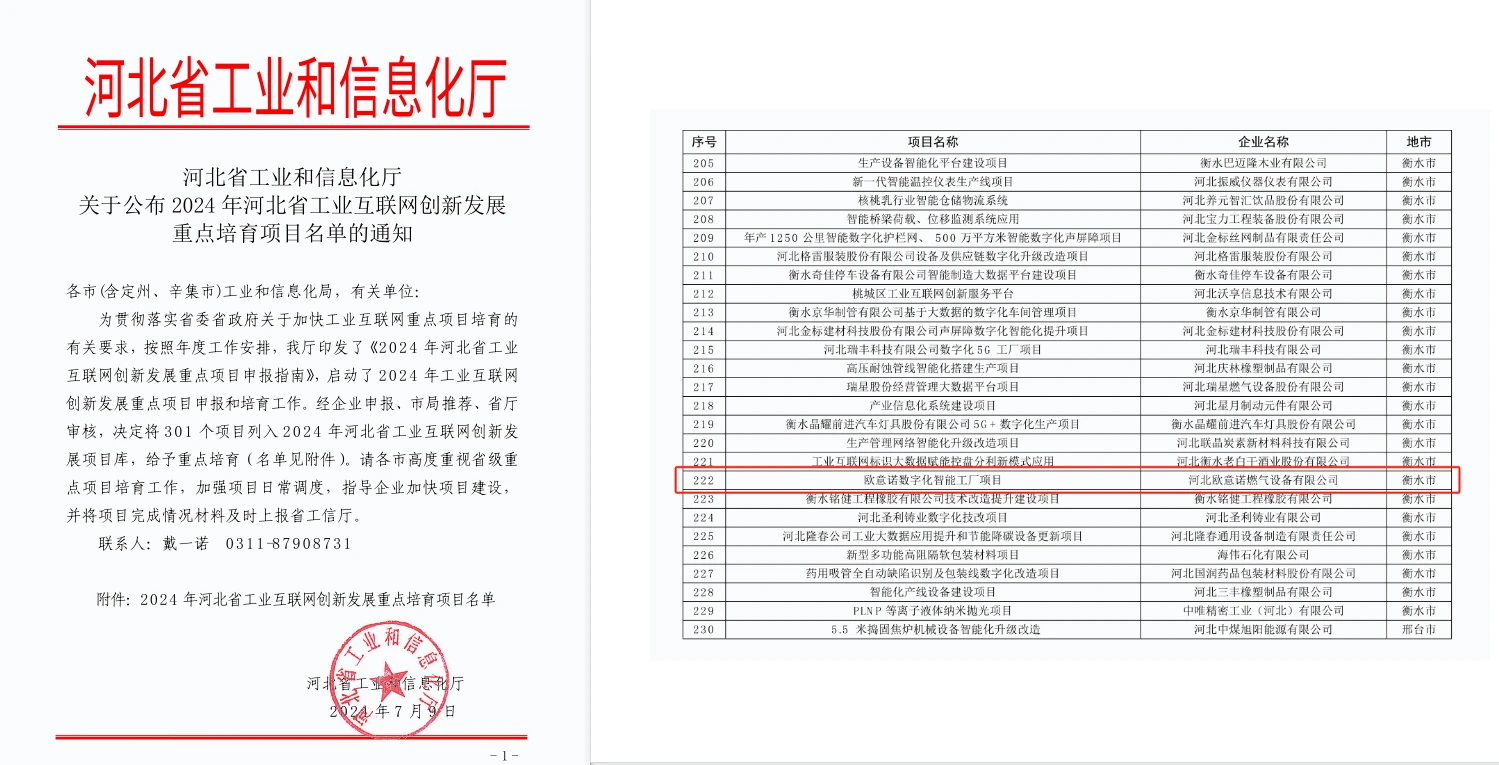
Dec . 04, 2024 09:23
Back to list
Electric Valve Design and Functionality in Modern Automation Systems
Understanding Electric Valves A Key Component in Automation
Electric valves, also known as solenoid valves, play a crucial role in various industrial and automation processes. This compact yet powerful device is designed to control the flow of liquids, gases, or slurries by using an electric signal to operate. With their ability to manage fluid dynamics precisely, electric valves have become essential in multiple fields, including manufacturing, automotive, HVAC (heating, ventilation, and air conditioning), and water management systems.
How Electric Valves Work
The fundamental operation of an electric valve is based on the principles of electromagnetism. When an electric current passes through a coil within the valve, it generates a magnetic field. This magnetic field attracts or repels a movable armature or plunger, which in turn opens or closes the valve seat. Depending on the design, electric valves can either be Normally Open (NO), where the valve remains open when the current is off, or Normally Closed (NC), where the valve remains closed in the absence of power.
Electric valves are typically categorized into two types direct acting and pilot-operated. A direct acting valve operates solely on the electromagnetic force generated by the coil, allowing for immediate response times and lower pressure requirements. On the other hand, pilot-operated valves use the electric signal to control a larger valve through a smaller pilot valve, enabling the control of higher pressures and larger flow rates.
Applications of Electric Valves
.
In the automotive sector, electric valves are increasingly utilized in fuel systems, emissions control, and cooling systems. They play a vital role in optimizing engine performance and reducing pollution by precisely controlling the flow of fuel and exhaust gases.
صمام كهربائي

Water management systems also benefit from the integration of electric valves. They are used in irrigation systems to control water flow, facilitating efficient water usage. Additionally, electric valves are essential in municipal water supply systems, where they aid in distribution and management of water resources.
Advantages of Electric Valves
The adoption of electric valves brings numerous advantages. One of the most significant benefits is their quick operation. Electric valves typically respond within milliseconds, allowing for precise control of fluid flow. This rapid response time is crucial in processes that require immediate adjustments.
Electric valves also provide excellent reliability and durability. They have fewer moving parts compared to mechanical valves, reducing wear and tear and increasing longevity. Additionally, electric valves can be easily integrated with automation systems, allowing for remote operation and monitoring, which enhances efficiency and reduces the likelihood of human error.
Furthermore, the ability to control electric valves using programmable logic controllers (PLCs) or other automation interfaces enhances operational flexibility. Operators can create schedules and automate processes based on demand, leading to energy savings and increased productivity.
Conclusion
Electric valves are indispensable components in modern automation and process control systems. Their efficiency, reliability, and versatility make them suitable for various applications, ranging from manufacturing to water management. As industries continue to seek automation solutions that enhance productivity and sustainability, the demand for electric valves is likely to increase. Understanding their operation and applications can empower professionals to make informed decisions that optimize system performance and efficiency. In an era where precision and automation are paramount, electric valves stand out as a key technology capable of meeting the evolving needs of various sectors.
Latest news
-
Safety Valve Spring-Loaded Design Overpressure ProtectionNewsJul.25,2025
-
Precision Voltage Regulator AC5 Accuracy Grade PerformanceNewsJul.25,2025
-
Natural Gas Pressure Regulating Skid Industrial Pipeline ApplicationsNewsJul.25,2025
-
Natural Gas Filter Stainless Steel Mesh Element DesignNewsJul.25,2025
-
Gas Pressure Regulator Valve Direct-Acting Spring-Loaded DesignNewsJul.25,2025
-
Decompression Equipment Multi-Stage Heat Exchange System DesignNewsJul.25,2025

